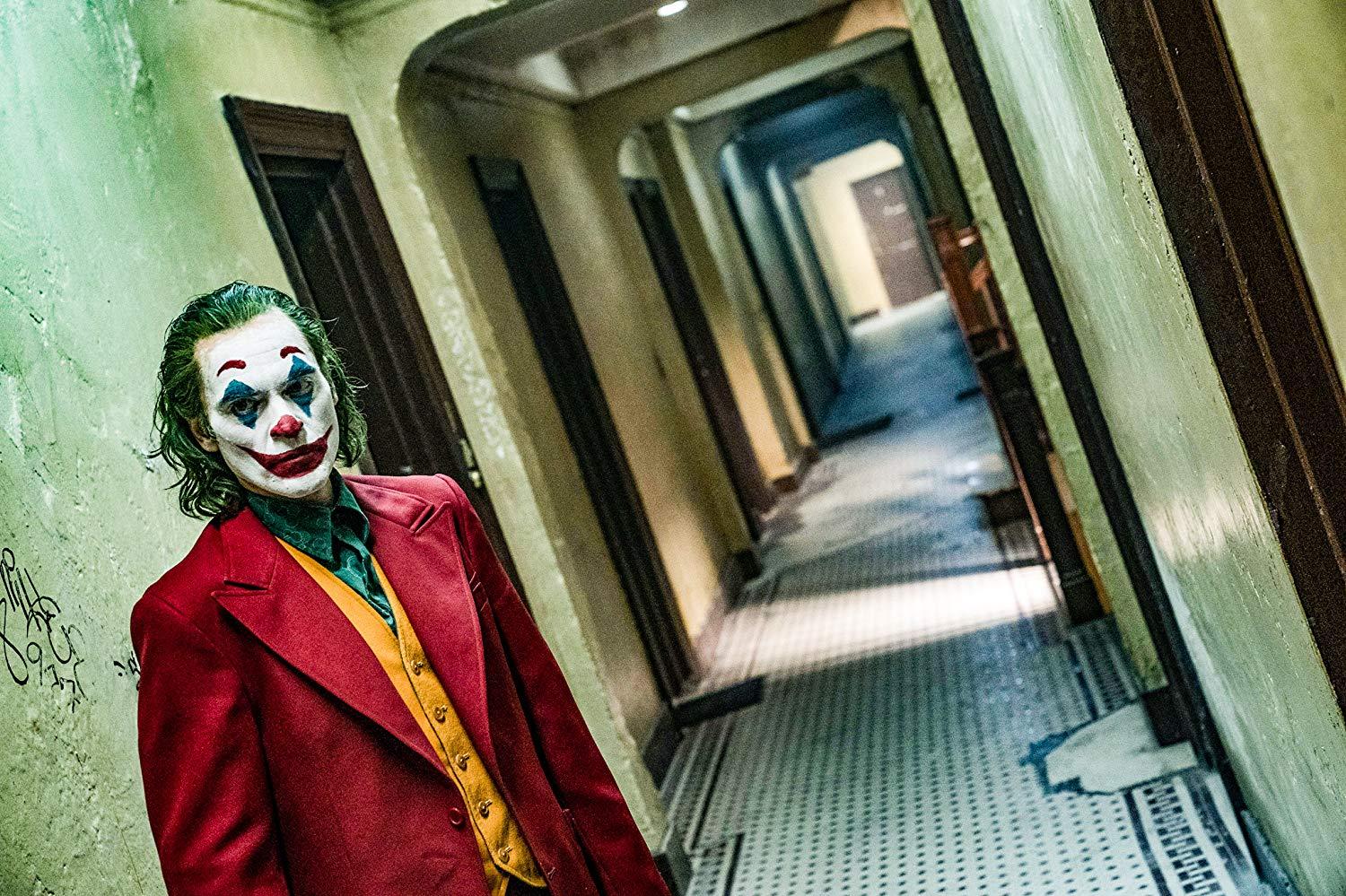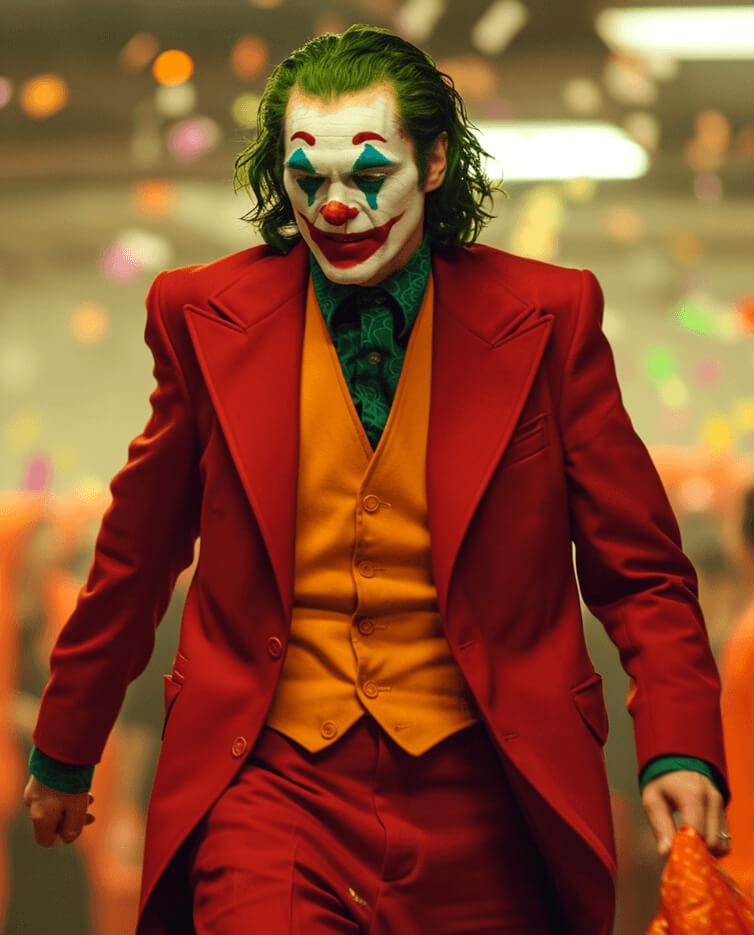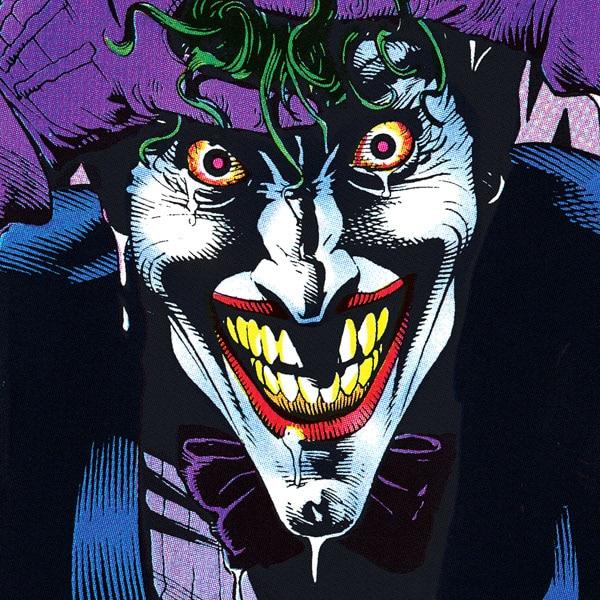In the ever-evolving landscape of comic book cinema, where larger-than-life heroes and epic battles often dominate the screen, Todd Phillips‘ Joker emerges as a provocative outlier that defies conventional genre expectations. Released in 2019, this film ventures beyond the traditional narrative frameworks and visual spectacles associated with its superhero counterparts, delving instead into the complexities of character study and societal critique. By eschewing the typical reliance on special effects and interconnected universes, Joker challenges the boundaries of comic book cinema, offering a dark, introspective exploration of its infamous titular character. This article examines how Joker redefines the genre by intertwining elements of psychological drama and social commentary, prompting both critical acclaim and controversy in its wake. Through a careful analysis of its thematic depth and cinematic execution, we aim to uncover the ways in which Joker not only expands the scope of what comic book films can achieve but also provokes a broader conversation about the role of such films in contemporary culture.
Deconstructing Jokers Narrative: A Departure from Traditional Comic Book Storytelling
The film “Joker” intricately weaves a narrative that starkly contrasts with the traditional hero-villain dichotomy often found in comic book cinema. Rather than presenting a straightforward origin story, it delves deep into the psyche of Arthur Fleck, portraying a character study that blurs the lines between victim and villain. This approach allows the audience to explore the societal and psychological factors that contribute to Fleck’s transformation into the Joker, offering a nuanced perspective that is rarely seen in the genre.
Key elements that differentiate Joker’s narrative include:
- Character Depth: Unlike conventional comic book films that focus on action and spectacle, “Joker” prioritizes character development, providing a raw and intimate look at Arthur’s descent into madness.
- Realism: The film eschews the fantastical elements typical of the genre, opting instead for a gritty and realistic portrayal of urban decay and mental illness.
- Social Commentary: By addressing themes such as economic disparity and social alienation, “Joker” positions itself as a reflection on contemporary societal issues, challenging viewers to consider the environment that shapes its characters.

Exploring the Psychological Depths: Character Study and Audience Impact
The portrayal of the Joker in Todd Phillips’ film is a profound dive into the psychological intricacies that redefine the superhero genre. Joaquin Phoenix’s interpretation delves into the mind of Arthur Fleck, a character plagued by societal neglect and mental illness. This cinematic journey forces audiences to grapple with the uncomfortable realities of mental health and societal alienation. The film transcends the traditional comic book narrative by offering a gritty, character-driven study that challenges viewers to empathize with a figure often portrayed as a one-dimensional villain. The narrative structure, steeped in ambiguity, encourages audiences to question the fine line between victim and villain.
- Complex Characterization: Arthur’s transformation into the Joker is portrayed with intricate layers, exploring his internal and external struggles.
- Audience Engagement: The film’s raw depiction of mental illness and societal failure prompts viewers to reflect on real-world issues.
- Narrative Ambiguity: By blurring the lines between reality and delusion, the movie invites varied interpretations and discussions.
Visual and Auditory Innovation: Cinematic Techniques in Joker
In a film that redefines the parameters of comic book storytelling, Joker employs a rich tapestry of visual and auditory techniques to draw the audience into its haunting narrative. Director Todd Phillips utilizes a muted color palette that contrasts sharply with the vibrant hues traditionally associated with comic book films. This subdued aesthetic mirrors the protagonist’s descent into madness, creating a visually arresting experience that is both unsettling and captivating. The cinematography employs a mix of tight close-ups and expansive cityscapes, symbolizing the internal and external chaos faced by the character.
- Sound Design: The auditory landscape of Joker is crafted with meticulous precision, where silence often speaks louder than words. The use of diegetic sounds, such as the repetitive laughter of the Joker, blurs the lines between the character’s reality and delusions.
- Score: Hildur Guðnadóttir’s haunting cello-driven score adds layers of emotion, amplifying the tension and despair inherent in the narrative.
- Editing Techniques: Non-linear editing disrupts the chronological flow, reflecting the fragmented psyche of Arthur Fleck, and challenges the viewer to piece together the narrative.
These innovative techniques not only enhance the storytelling but also invite the audience to engage in a more profound psychological exploration of the character, pushing the boundaries of what a comic book film can achieve.

Balancing Controversy and Art: Navigating Sensitive Themes in Modern Cinema
In recent years, comic book adaptations have largely been synonymous with vibrant visuals and action-packed sequences. However, “Joker”, directed by Todd Phillips, ventures into uncharted territory by embracing a darker, more introspective narrative. Unlike its predecessors, “Joker” delves into the psychological and societal factors that contribute to the making of a villain, sparking discussions around mental health, societal neglect, and violence. This film’s approach raises questions about the responsibilities of filmmakers when addressing such weighty themes, particularly within a genre typically associated with escapism.
- Complex Characterization: The film provides a deep dive into the psyche of Arthur Fleck, challenging audiences to empathize with a character traditionally seen as an antagonist.
- Societal Reflection: “Joker” mirrors real-world issues, such as economic disparity and social alienation, prompting viewers to reflect on the environment that shapes individuals.
- Visual and Narrative Style: The film’s gritty aesthetic and slow-burn storytelling contrast sharply with the flashy, fast-paced style of other comic book movies, pushing the boundaries of the genre.
By engaging with these sensitive themes, “Joker” not only redefines the expectations of comic book cinema but also challenges audiences to consider the fine line between art and controversy. This approach highlights the potential of the genre to serve as a platform for more profound, thought-provoking storytelling.
